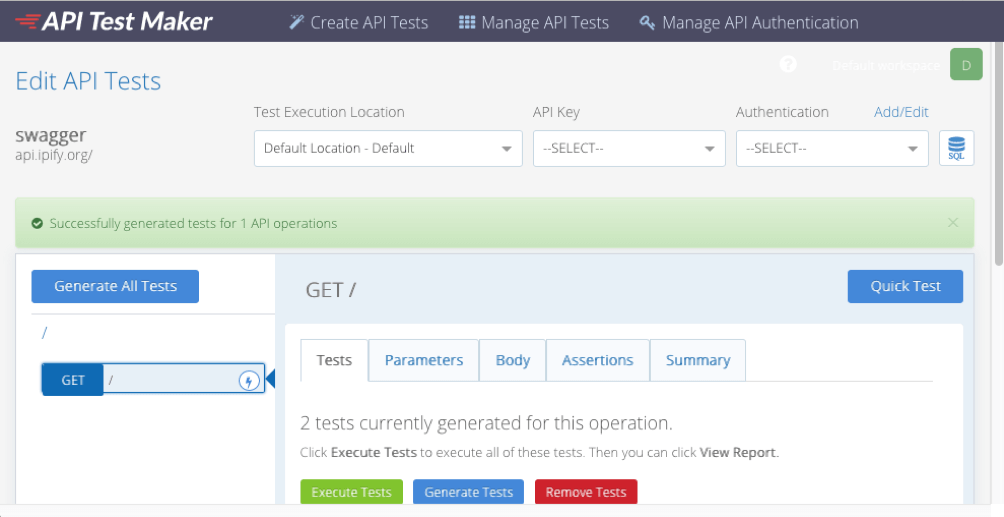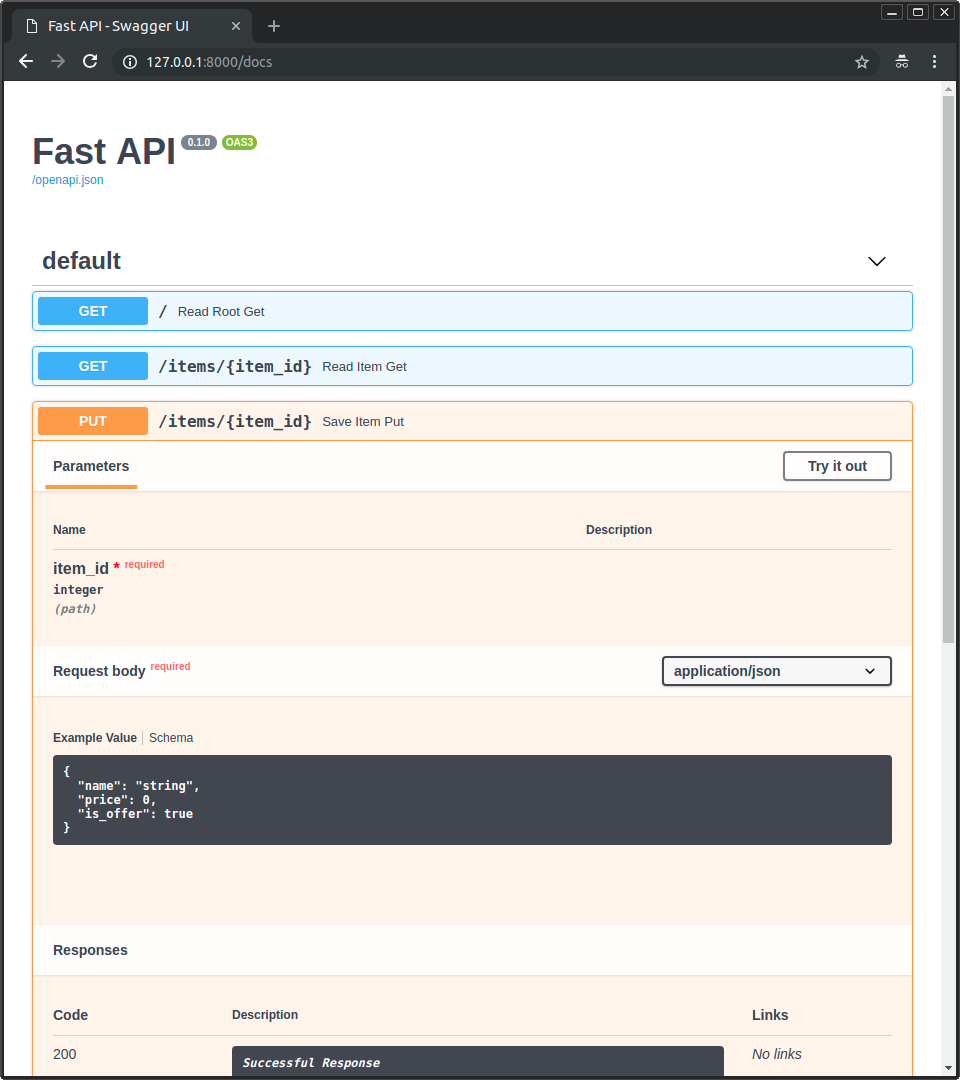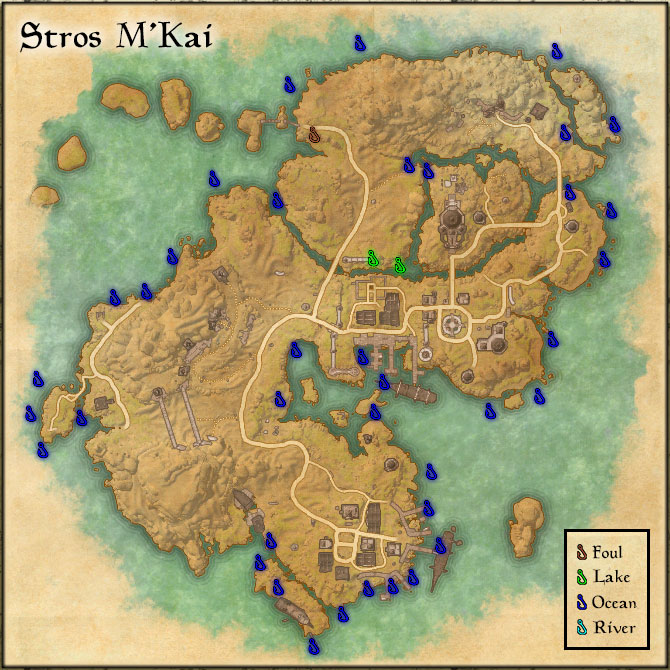

- #Swagger editor save file to location how to
- #Swagger editor save file to location zip file
- #Swagger editor save file to location download
The PA Team has been very helpful in my learning process but it has taken me a longer time than I first thought it would. In this tutorial, learn how to use the Swagger Editor, a great tool for API design, to create your first OpenAPI definition to help you create a REST API. It seems to me, as a beginner, there is quite a bit to learn about Swagger and creating an API connection. The last one links to Swagger references in the last reply that might be of help.
#Swagger editor save file to location download
You can of course download the file yourself (URL that you point swagger-ui to), modify any dev-specific paths in there and upload this static file to your prod server. Q&A (please complete the following information) OS: Linux Browser: Firefox Version: 74 Method of installation: docker.io/swaggerapi/swagger-editor:v3.8.0sha256. Swagger-UI simply downloads the generated file and visualizes this information. The information you add by annotating your endpoints is used to generate the swagger file (usually YAML or JSON format). Build REST APIs using Swagger and IBM Integration Bus IIB v10 Julian Smiles The GET method will retrieve all the payments that are scheduled for a Customer. The Payment API has 2 methods, GET and POST 5. You might find it useful to learn from my mistakes in the following posts: one, two and this one. Swagger won't save any files to your computer. The Swagger editor provides theoption to save the file in JSON format. One you've validated the JSON and have it in Visual Studio (or maybe an online validator), save it as a .json file and use this to create the PA connection. Note: The Swagger editor comes preloaded with PET API swagger specfication for demo purpose.
#Swagger editor save file to location zip file
A zip file with generated client code gets donwloaded, Unzip and import it to your workspace. I've found it very convenient to use Visual Studio to make any additional changes you need. Open the Swagger Editor URL, Click on file menu and import/upload the Swagger.json/yaml file Choose language of your choice under Generate client menu. You can then cut and paste the resulting JSON. (In VS, first create an empty JSON by clicking File, New, File, Web, C#, JSON file, then cut and paste the JSON from the converter). There are online validators you can use as well, such as this one or this one. Once you have used the Swagger Editor to get a Swagger file with no errors, a path that exactly matches the path requirements of the API, and a response showing the data you want to retrieve (or post, etc), you can convert the file to JSON with online YAML-to-JSON converters like this one or this one. You can then cut and paste the resulting JSON into Visual Studio to further validate the syntax of the JSON file.

The Swagger editor uses the API description file, which can either be in YAML or JSON format. Name: Apache 2.0 url: ' ' version: 1.0.Once you have used the Swagger Editor to get a Swagger file with no errors, a path that exactly matches the path requirements of the API, and a response showing the data you want to retrieve (or post, etc), you can convert the file to JSON with online YAML-to-JSON converters like this one or this one. provide own json or yaml definition file to Docker container via SWAGGERFILE env variable (2181) (0a18d83), closes 2177. The Swagger option is widely used because it can be used not only to view the descriptions but also you can run the API endpoints with the required parameters and to generate client code. save and load it from shared location such as a Git repo.

If you want to keep using a local Swagger Editor, you'll need to transfer your API definition file manually between the computers, e.g. I also dont want to have to host my JSON file, as Id like to simply read it from the local file just for demonstration purposes. SwaggerHub can sync files to a Git repo for additional version control and backup. I simply want to display the documentation I created in the editor in the UI, and I dont think my JSON file should have errors since I pulled it directly from the editor. For this sample, you can use the api key `special-key` to test the authorization filters. The easiest way to work on the same file from different computers is to upload the file to SwaggerHub and edit it there.

You can find out more about Swagger at () or on (). Title: Swagger Petstore description: >- This is a sample server Petstore server.


 0 kommentar(er)
0 kommentar(er)
